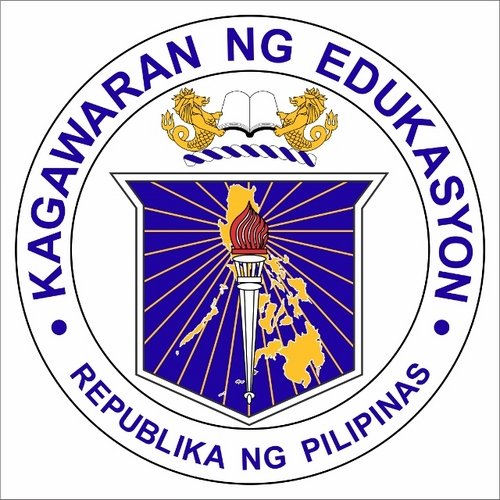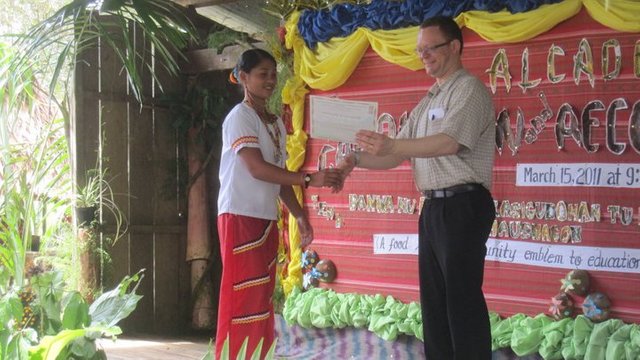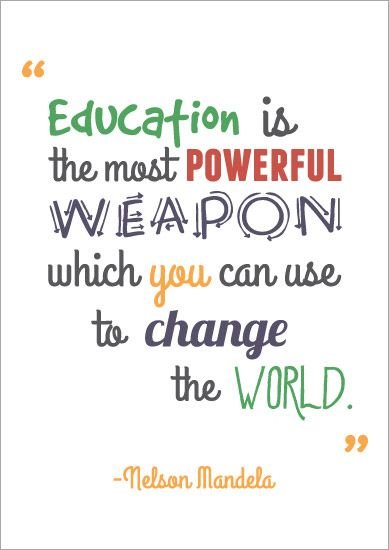A Hope Founded: The Alternative Education System in the Countryside of Mindanao

Image Source
Education varies from society to another and so including its purpose. For nations which are diverse ethnically, education is an apparatus to procuring national identity. For instance, in the Philippine context which is compose of diverse cultures and ethnicities. In order for the Filipinos to come up with a certain identity, education is a big help – not just by having a common language, race, color and physical characteristics but also when it comes to heart, mind and tenacities.
In societies who undergo fast development when it comes to economic aspect, education becomes an agent for equipping the people towards an industrial life. For example, in China, they offer a kind of educational system where the field of science and technology is designed to be advanced even in the early levels of formal education for the students to perform well in order to be well-equipped and be productive citizens. While in a revolutionary society such as in Cuba, education is purposes to win the hearts and minds of the people for the revolutionary ideals.
In Cuban society which is considered to be a socialist country, the citizens are well-provided with basic social services especially in health care and education. I fact, they have zero rate of illiteracy because their education is free and accessible for all Cubans. When it comes to health care, medical technology are advanced – a reason why they are capable of curing the citizens’ ills as well as the others as they send medical aids overseas. The country continues to be self-sufficient amidst of ‘isolation’ among other countries yet never fails to send help to other devastated states such as in Africa, Ghana and Syria.

Image Source
Alternative Education in the Rural Areas in the Philippines
Geographically, Philippines has a wider area in rural than the urban. It is evident on its wide ranges of mountain especially in the southern part of the Philippine which is the island of Mindanao. It follows that there are more settlers in the urban areas than in the urban. In 2010, the Philippine Statistical Association reported that the rural population numbered 50.5 million and accounted for 54.7 per cent of the total population. Whilst, the proportion of urban population of the total population was 45.3 per cent. This means that of the 92.3 million in the Philippine population in 2010, 41.9 million lived in areas classified as urban.
It is not new that those who are in the urban areas are the ones most reached by the government’s social services. Not just for the fact that urban communities can easily be reached but also for the fact that their agencies and offices are apparently positioned in the urban. Most of the time, the rural communities cannot be reached by those services because of its ‘ruralness’ or remoteness. With regards to the education in the rural areas, there are no schools in these communities. Children used to walk for hours under the blistering heat of the sun or even terrible storms just to reach the town centre where the schools are located.
Often times, these schools are 10 to 20 kilometres away from their homes or communities. Unsurprisingly, after or even before every school year ends, many of the indigenous children drop out of the school. Education in rural areas is different from urban because the government cannot reach the people living up in the hills anymore. So the people, specifically the indigenous people took an initiative to establish their own schools which defines and enriches their culture for the use of their new generations.
Some Non-Government Organizations such as RMP (Rural Missionaries of the Philippines) in partnership with international organizations such as CMA and UNICEF collaborated for the project named Save our Schools. Recently, a new alternative literacy and numeracy school under the (RMP-NMR) was opened on March 21 on the year 2017 in one of the IP communities in Mindanao which is the Tribal Indigenous Group Association (TINDOGA) in Quezon, Bukidnon under Project New Genesis. It aimed to let the lumad children go back to school after they dropped out for several long periods of time because of continuous militarization in their community.

Image Source
While in Surigao, they have established the ALCADEV or Alternative Learning Center for Agricultural and Livelihood Development on July 19, 2004. It was also an alternative learning system especially designed to provide secondary education to indigent indigenous youth – especially the Manobo, Higaonon, Banwaon, Talaandig and Mamanwa who reside in the region. They live in the destitute communities in the mountains of Surigao del Norte and Sur, Agusan del Norte and Sur, parts of the Caraga Region in the Philippines.
If the literacy-numeracy schools were built for primary education among IP youths, then ALCADEV was made to provide secondary education that is relevant for their need to culture preservation. ALCADEV feeds knowledge and skills to the indigenous youth in order to grow not just individually but also to develop their communities.
Philippine Government Appeals to the Alternative Schools
Amidst of hopelessness in the continuing militarization in the homes of the indigenous people in the countryside of Mindanao which threats the land, life and tribe to extinct, there has been hope found in the guise of creating an education system to where they can educate more the children to enrich and preserve their culture and identity as a whole. It is unlike the basic education that this country constructed for the majority of the population which does not fit or benefit to the progress of the indigenous people and their community.
For a long time, little did the central government realized and recognized the right and good of these Filipino people who belong to the national minorities. It is also a shame that under the current regime, the alternative schools that the indigenous peoples and non-government organizations that aided the establishment of the schools was vilified. There is a threat to close those self-build schools for it was tagged as schools of reds. And so it needs state forces to camp out there, harass the students, volunteer teachers and the community. There were even instances of bombing, strafing, and killings of the IP leaders, as experienced by the natives that often cause evacuation to the neighboring places to seek refuge.

Image Source
Wow! I'm very happy to see this. I'm in steemit for a writing project that I wanted pursue: a novel/any written work that attempts to reflect the state of the lumad communities and how we should be involve in pressuring the government not to further militarize their area. Great!
Downvoting a post can decrease pending rewards and make it less visible. Common reasons:
Submit
You are very right.
Education possesses knowledge to many things.
That's how important it is
Downvoting a post can decrease pending rewards and make it less visible. Common reasons:
Submit
Happy to read this, im from mindanao also its been 2 hours of wallking to our school during my high school days....
Mga nitibo kasagaran ako classmate
Downvoting a post can decrease pending rewards and make it less visible. Common reasons:
Submit
Maayo kay nakadangat ka dri s steemit.
Downvoting a post can decrease pending rewards and make it less visible. Common reasons:
Submit
I hope our government help all those people in Mindanao. students walk a long way just to go to their schools.
Downvoting a post can decrease pending rewards and make it less visible. Common reasons:
Submit
With the current administration, there are lots of possibilities.
Downvoting a post can decrease pending rewards and make it less visible. Common reasons:
Submit
Kanindot sa opportunity for our native Filipinos not only for native but for those who has a higher age they are still have a chance to continue there education because of ALS AND ALCADEV program. I salute to all mobile teachers out there. Keep up the good work ma'am and sir!
Downvoting a post can decrease pending rewards and make it less visible. Common reasons:
Submit